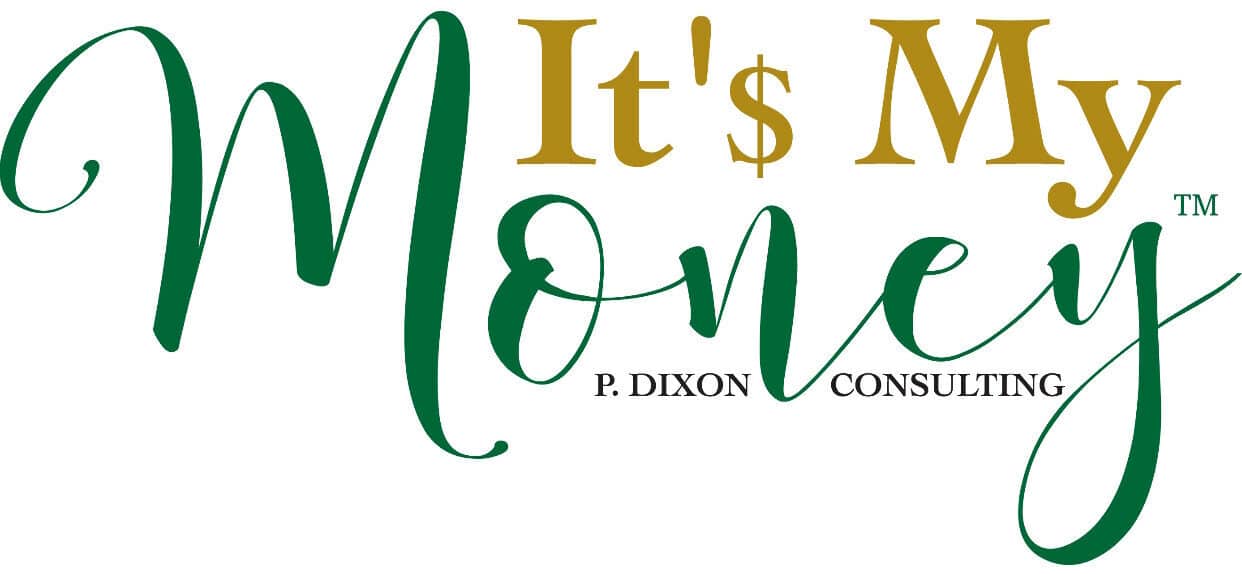Strategies for Becoming Debt-Free: How and When You Can Eliminate Debt
Dealing with debt is not just about managing your finances—it’s about reclaiming your peace of mind. Knowing when you can pay off your debt and exploring strategies to do it sooner can transform your financial landscape. Let’s dive into understanding the pathway to becoming debt-free.
Determining When You Can Pay Off Your Debt
The timeline for paying off your debt hinges on several factors: the total amount owed, the interest rate on your debt, and the size of your monthly payments. Establishing a budget is the foundational step. It gives you a clear picture of how much you can realistically allocate toward debt repayment each month.
Accelerating Your Debt Repayment
To get rid of debt faster, the principle is straightforward: increase your payments. While there are more nuanced strategies like debt consolidation, settlement, or borrowing against retirement accounts, these often come with their own set of risks, including potentially higher interest rates, fees, or jeopardizing your future savings.
Here are practical steps to accelerate your debt repayment:
- Pay More Than the Minimum: Aim to exceed minimum payments, especially on high-interest debt like credit cards. This reduces the principal faster and lessens the interest accrued.
- Use Extra Cash Wisely: Apply any unexpected windfalls, such as tax refunds or bonuses, directly to your debt. This can significantly reduce your balance over time.
- Prioritize High-Interest Debt: Focus on paying off debts with the highest interest rates first, as these are the most costly over time.
The Minimum Payment Trap
Relying solely on minimum payments, especially for high-interest debt, can extend your repayment period significantly and increase the total interest paid. For instance, a $1,500 credit card balance at a 19% interest rate could take over 15 years to pay off with only minimum payments, due to the high interest costs.
Creating a Plan and Using Tools
Developing a monthly budget is essential to determine how much you can afford to pay towards your debts. Once you have this figure, you can use online calculators to estimate when you will be debt-free. These tools can help you visualize the impact of increasing your monthly payments and how prioritizing different debts can alter your repayment timeline.
Conclusion
Paying off debt requires a plan, commitment, and sometimes, creativity in managing your finances. By understanding your debts, increasing your payments, and using every available resource to reduce your balances, you can set a clear course towards financial freedom. Remember, every extra dollar paid towards your debt is a step closer to achieving your financial goals and reducing stress.
